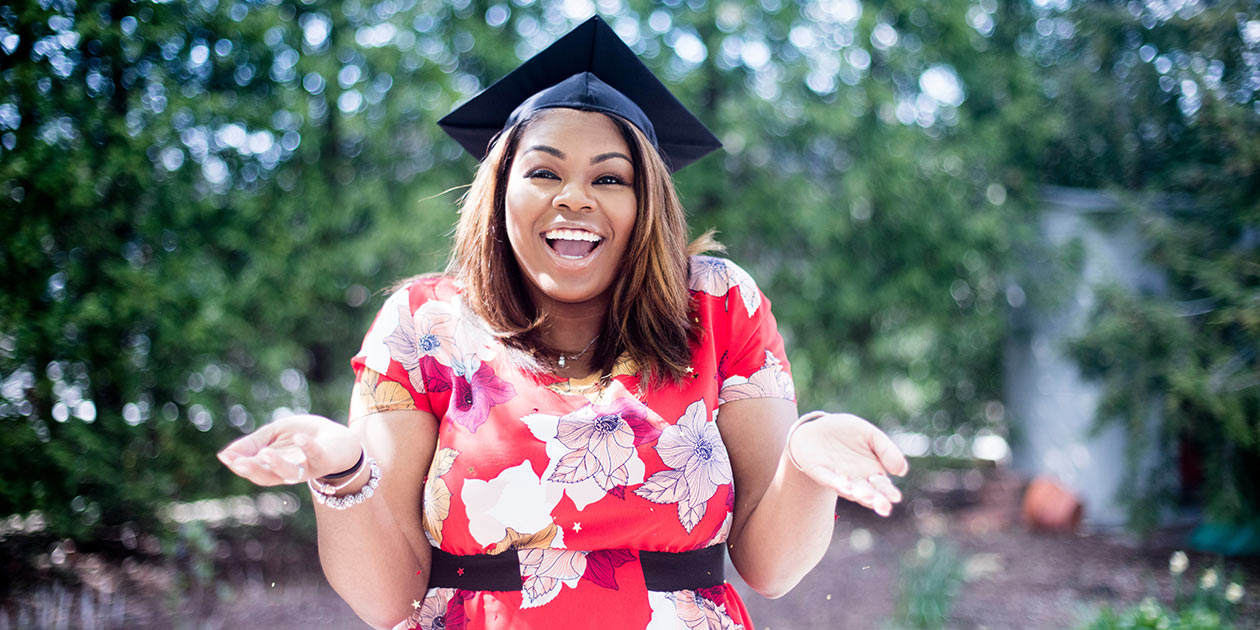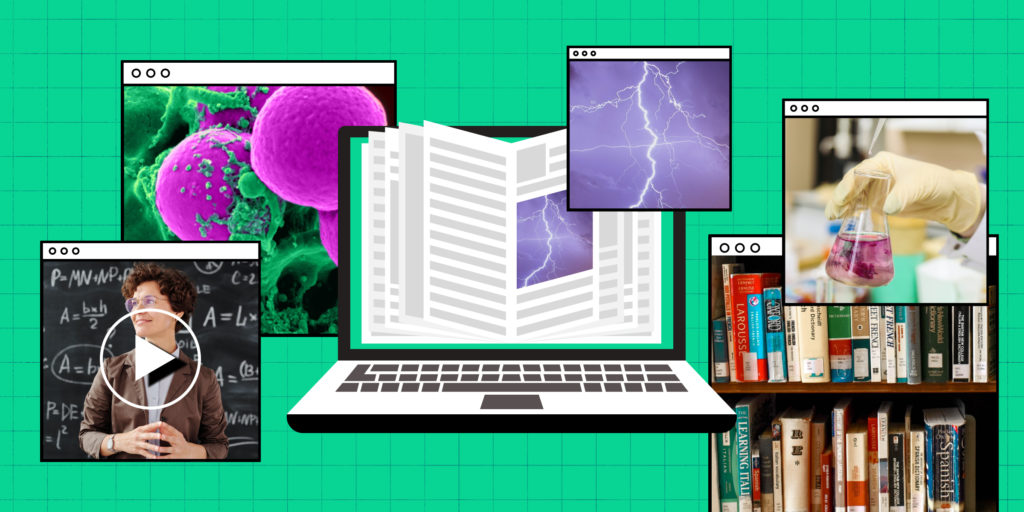Student-centered learning focuses on the meaningful needs and development of students in class, rather than the pedagogical course material as an endpoint. And it’s worth investing time in getting right, particularly if you’re currently using traditional, structured “chalk and talk” teaching methods within your course design and learning environment. But some innovative educators are evolving and achieving new levels of student-centered learning by putting students themselves in the classroom driving seat for the learning process, and helping them to succeed.
When students take the place of the lecturer in an active learning scenario, they can teach one another, produce their own assessment sheets and even grade themselves in summative assessments—a task which can be, as you will see, a learning experience in itself for them.
Read on to find examples from Top Hat’s extensive archive of downloadable e-books and professor stories to see what happens when student-centered learning is set to maximum level, and the sage-on-the-stage becomes the student.
-
Teaching—and learning from—one another
-
Let students grade themselves
-
Students can collaboratively build their own teaching resources
Icebreakers are a classic way of allowing students to take the lead in learning activities on various subject matter. Thomas Hayden, a professor at Stanford University, teaches environmental journalism—an unusual class that mixes humanities and science students. This difference in backgrounds provides a great opportunity for mutual learning and collaboration that is powered by the students themselves.
He explains: “As an introductory assignment, I have the students teach each other about the things they know best. This class is half science students and half journalism students, so the science students teach Science 101 to the journalism students, and the journalists teach their craft to the scientists.”
To make things more interactive and engaging, Hayden bans his students from teaching each other using PowerPoint slides. This forces them to take responsibility to think creatively about how they communicate what they know to an unfamiliar audience, and promotes engagement. The result is a class primed to learn outside of their field—with those important peer-to-peer relationships already seeded—rather than waiting for the week nine group project.
Read this story along with 12 other ideas from top professors across North America in our Top Tactics for an Engaged Classroom e-book.
Music professor Brian Alegant, who teaches theory at Ohio’s Oberlin Conservatory, has been asking students to assess their own work for years in the form of a two-page essay that explains what they have learned and what grade they would assign themselves. And while this tactic won’t work for every class, or indeed every instructor, Alegant found that when students are given rubrics and asked to set their own learning objectives, they generally do a good job at assessing, and grade themselves fairly on proficiency.
Alegant has found that allowing students more autonomy over the way they are graded has produced better developed and fulfilling class discussion. “Instead of teaching music vocabulary we end up discussing character, form, performance, hermeneutics and phenomenology,” he explains. “The requirement that they think about and write persuasively about their own learning is invaluable.”
His work has paid off in the form of a Professor of the Year Award from the Council for Advancement and Support of Education.
Learn more innovative ways to build comprehension in our free guide, How to Choose the Best Assessment Tool for Your College Class.
Elizabeth Meadow teaches in the Women and Gender Studies program at Vanderbilt University in Nashville. Her class uses a web-based tool called Tiki-Toki to produce collaboratively created multimedia interactive timelines—and she has effectively put this tool to use for learning and assessment.
Meadows, whose course is centered around the subject of marriage, had her students find and document various historical resources, then document it all on a shared, interactive timeline. Every student was able to edit the timeline, and add in references, images and links to more information to showcase their personalized learning.
In fact, the timeline became a critical resource for the class—and they all had to use it to complete their final paper.
Interested in hearing more student-centered learning success stories? Check out our free e-book, Innovative and Unexpected Ways to Teach Your College Class.


